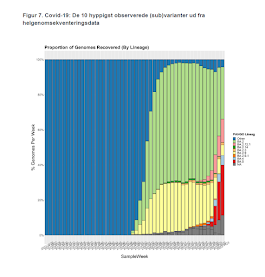
Figure 7. COVID-19: The 10 most frequently observed
(sub)variants based on whole genome sequencing data
#16,825
Based on limited evidence, BA.5 is not believed to be any more severe than BA.1/BA.2, but its enhanced ability to evade prior immunity (either from vaccination or previous infection) could still drive hospitalization rates, ICU admissions, and deaths higher.
Yesterday Denmark's Statens Serum Institut (SSI) published their weekly COVID trend report, and they find as the percentage of BA.5 cases has risen, so have the number of infections and hospitalization.
(translated)
Covid-19 infection is rising across the country in both tests and wastewater
There is now an increasing covid-19 infection throughout Denmark, and it is especially the new omicron subvariant BA.5 that the Danes are infected with. However, these are increases from a low starting point. This is shown in this week's trend report from the Statens Serum Institut.Last edited June 16, 2022
More and more Danes are now receiving a “positive” answer to their covid-19 samples, just as the wastewater samples reveal an increase in SARS-CoV-2 concentration at national level. This applies to all five regions of the country.
The number of new cases of covid-19 has increased by 53% between week 22 and week 23, corresponding to the incidence in week 23 being 99 cases per 100,000 inhabitants. This is shown by the new trend report from the Statens Serum Institut (SSI).
Read this week's trend report.
The sub-variant BA.5 is growing rapidly
If you look at which variant is hitting the Danes at the moment, the subvariant BA.5 is growing rapidly, and for the time being in week 23 accounts for approximately 29% of the sequenced samples. BA.2.12.1 and BA.4 also continue to increase, but at a slower rate, accounting for approximately 13% and 5% of cases in week 23, however. in week 23.
“Until mid-May, BA.5 accounted for less than 1% of the weekly sequenced samples, but towards the end of May, we can see that this variant is growing. Now we can see that BA. 5 has a good grip, and we expect it to be dominant towards the summer holidays, ”says SSI's professional director Tyra Grove Krause.
SSI is following the situation closely and came last week with a new risk assessment for BA.2.12.1, BA.5 and BA.4.
Read more about risk assessment of the omicron subvariants BA.5, BA.2.12.1 and BA.4.
The number of new inpatients increased 23%
The Capital Region has the highest incidence with 121 per 100,000 inhabitants. The incidence of infection increases in all age groups and is highest among the 50 to 69-year-olds.
The number of new admissions related to covid-19 has increased by 23% to 220 inpatients in week 23. People aged 70-89 continue to constitute the largest group among the new admissions.
Week 23 shows an increase in SARS-CoV-2 concentration in wastewater at the national level. Divided by regions, there is also an increase in SARS-CoV-2 concentration in wastewater in all five regions.
Given the reductions in testing and reporting of cases around the world, it has become much harder to gauge the trajectory of the pandemic. The World Health Organization, in their latest weekly epidemiological Report (#96) - continues to warn:
. . . trends should be interpreted with caution as several countries have been progressively changing COVID-19 testing strategies, resulting in lower overall numbers of tests performed and consequently lower numbers of cases detected.
With the above caveat, they noted:
"After five weeks of decline, the number of new weekly deaths has risen again, with over 8700 fatalities reported, a 4% increase as compared to the previous week.
While the future course of the pandemic remains unpredictable, in the short run it appears that BA.5 is destined for dominance, and that likely means that the number of hospitalizations, and deaths, will rise over the months ahead.
Stay tuned.